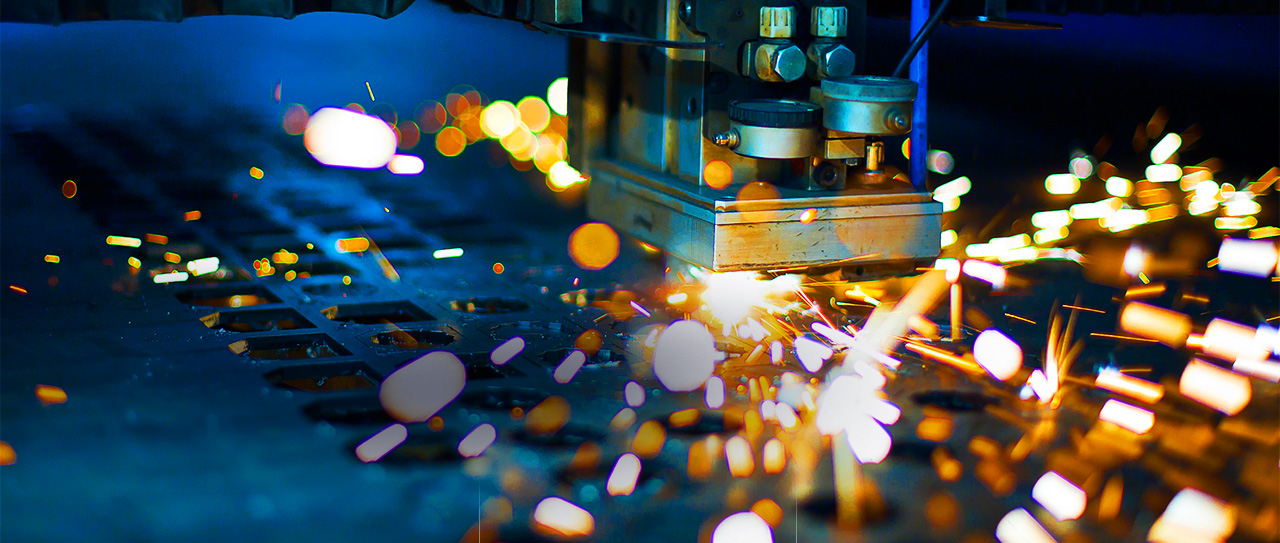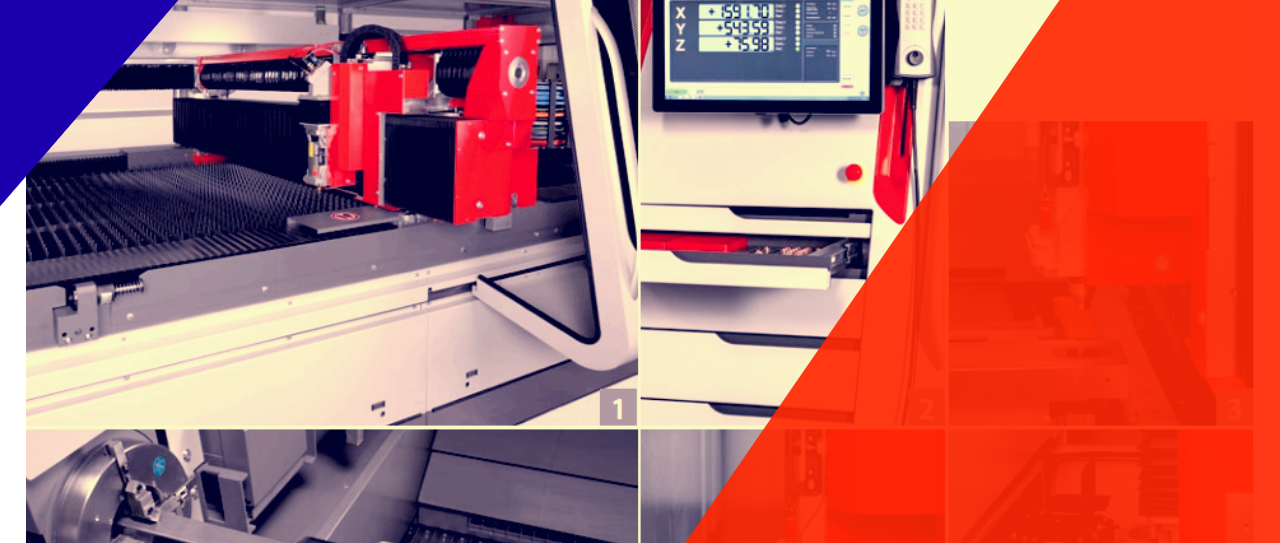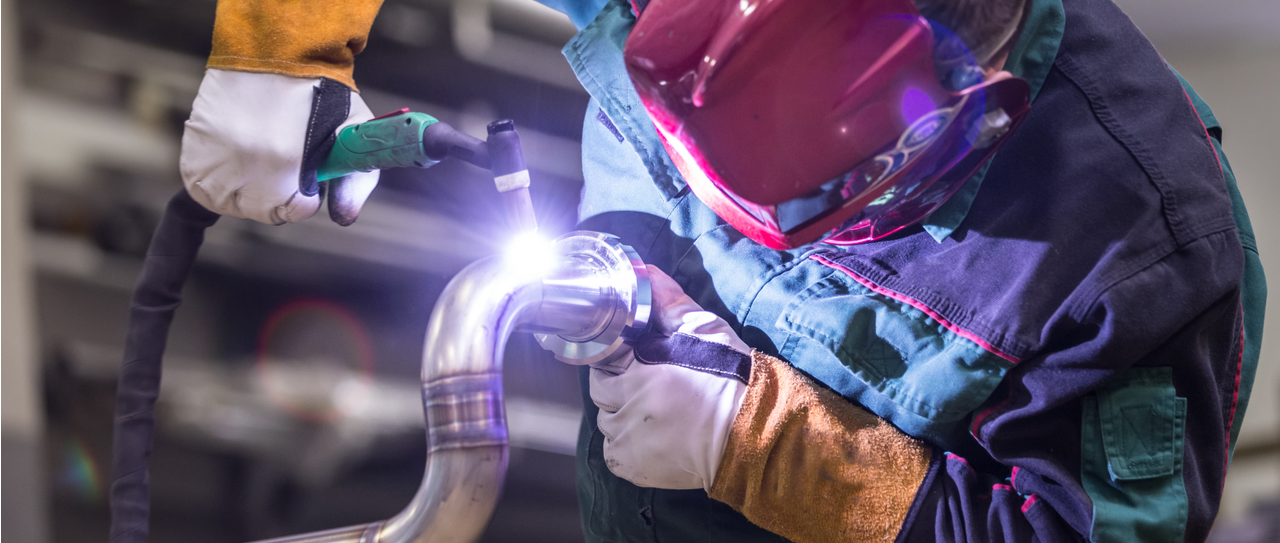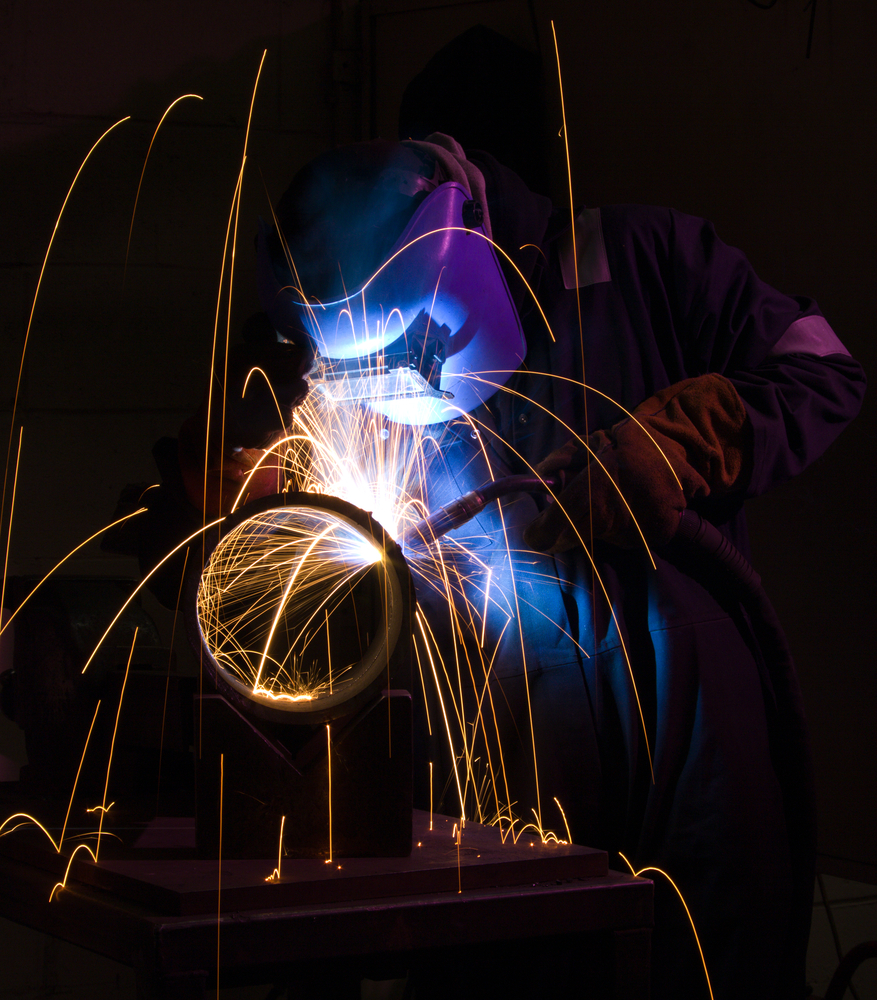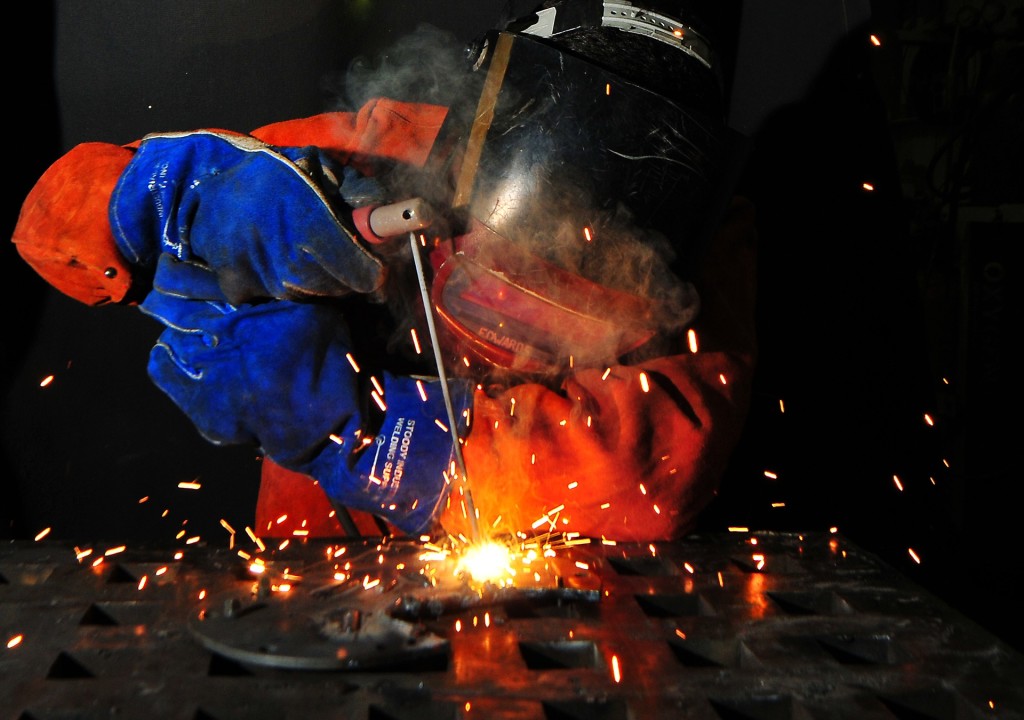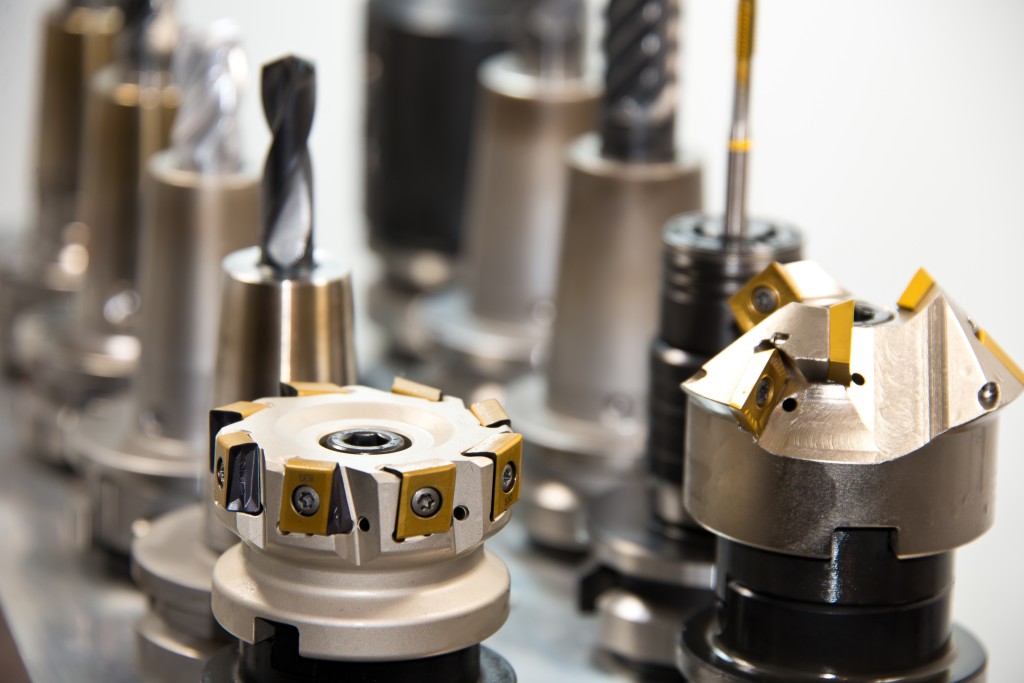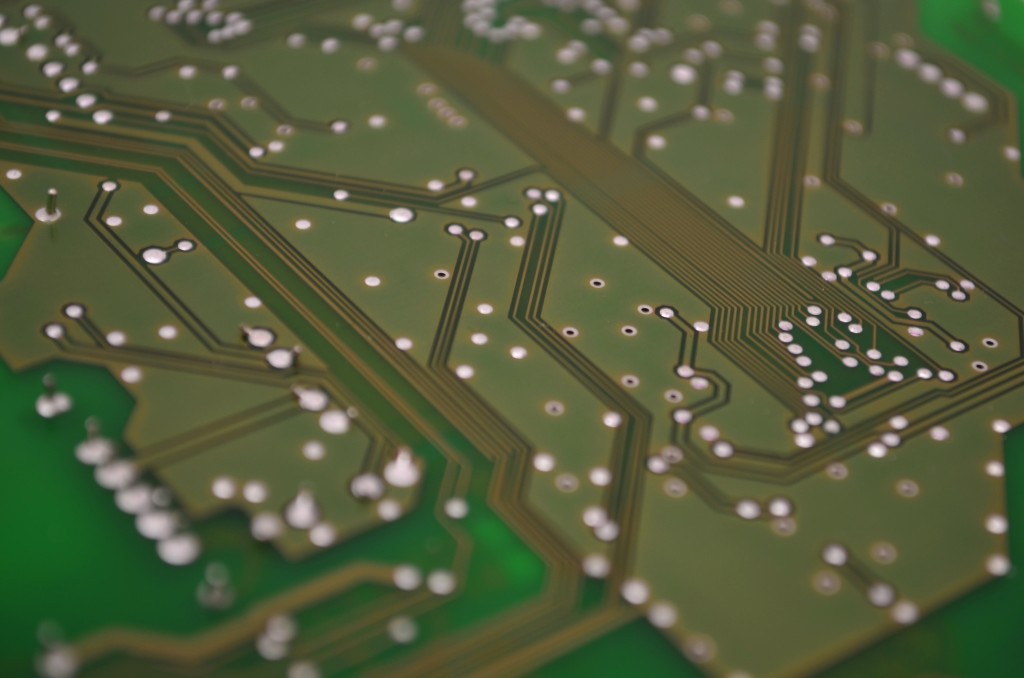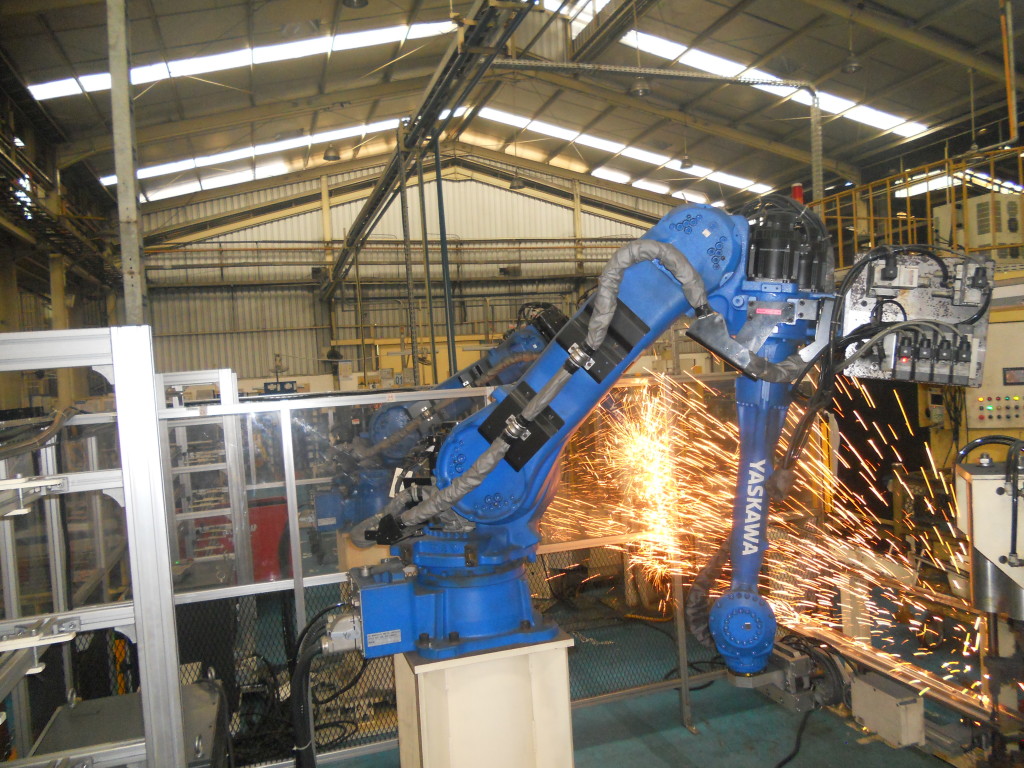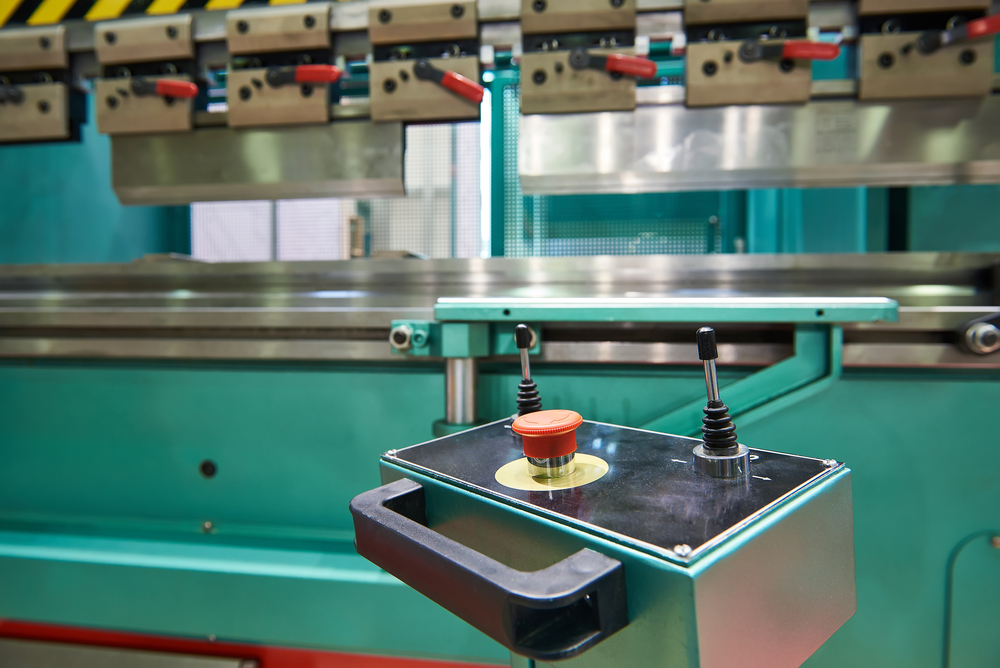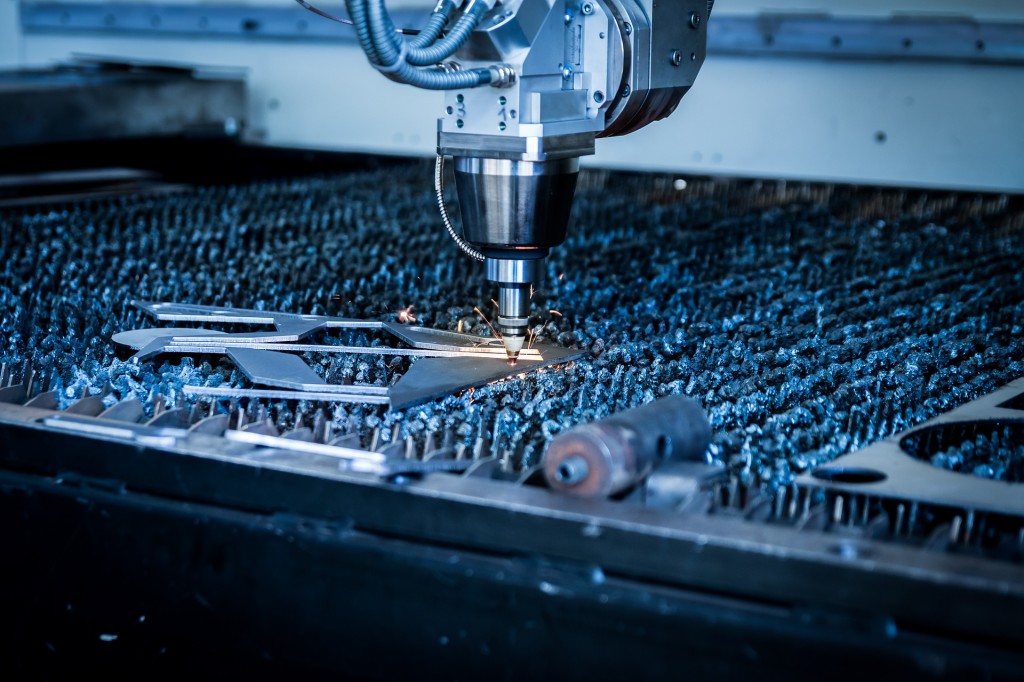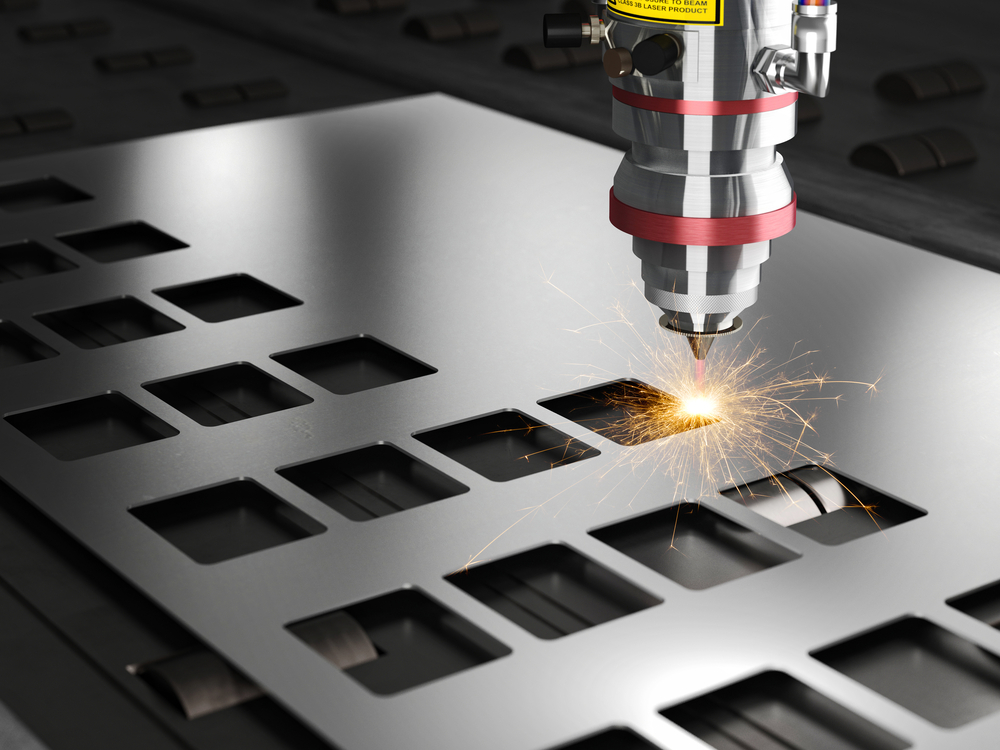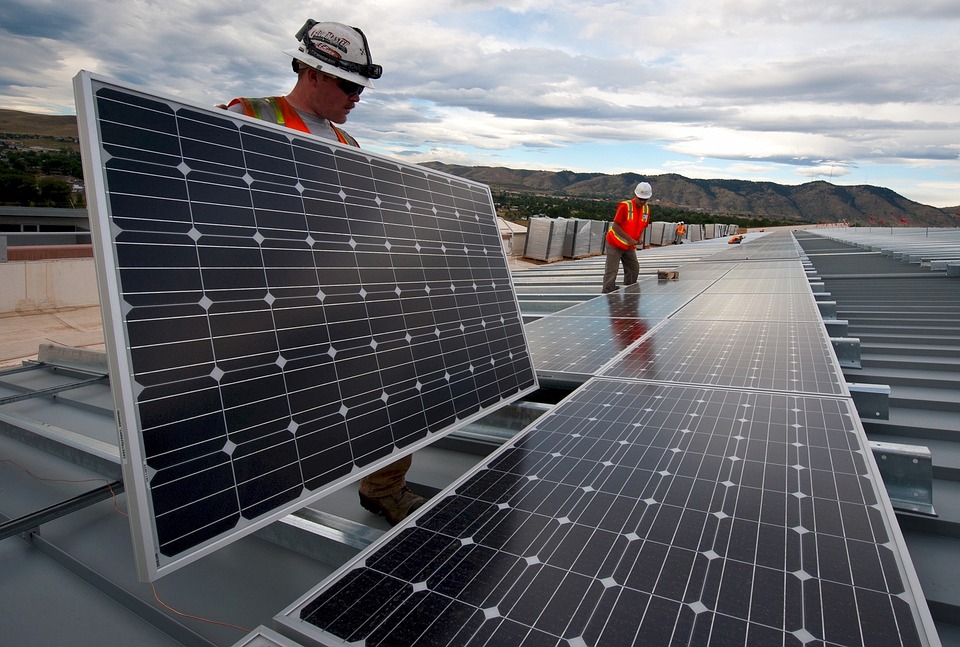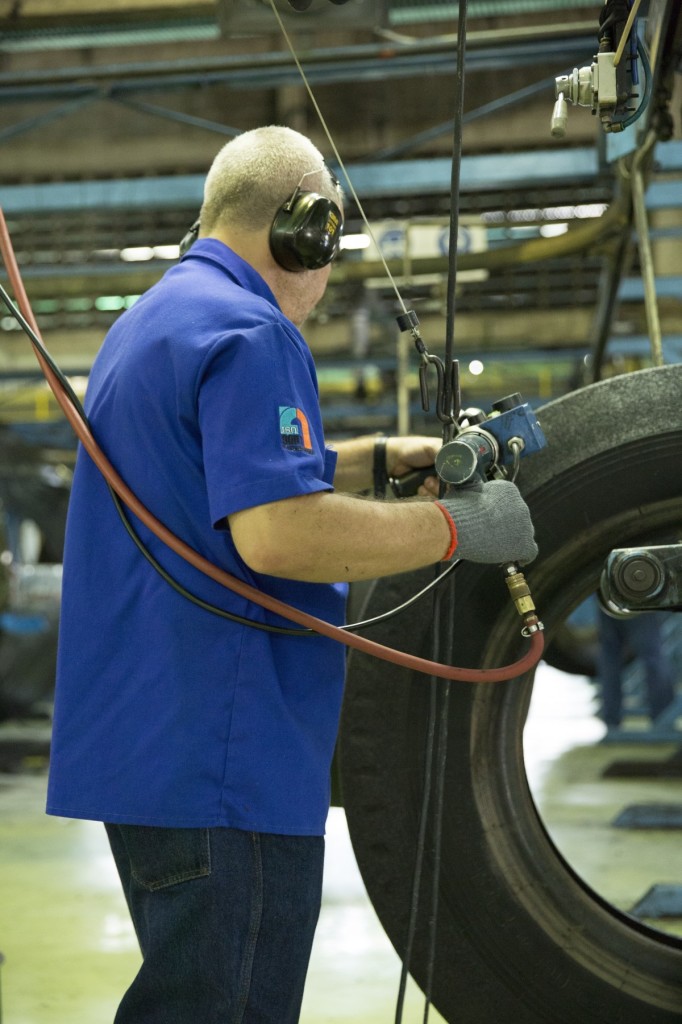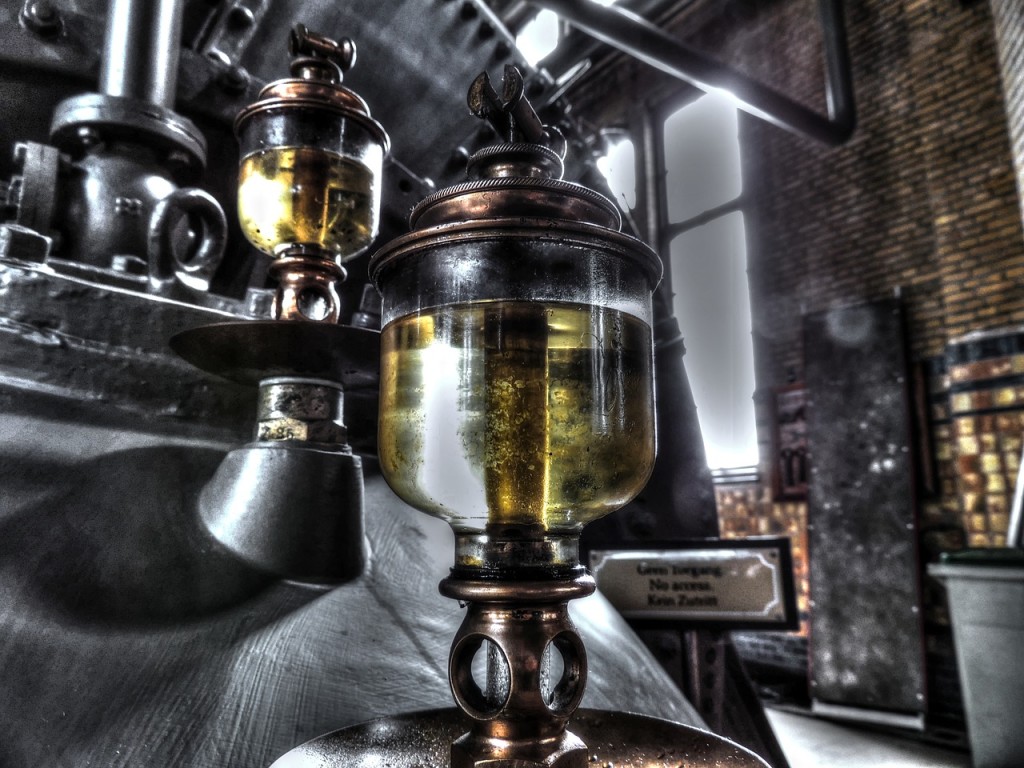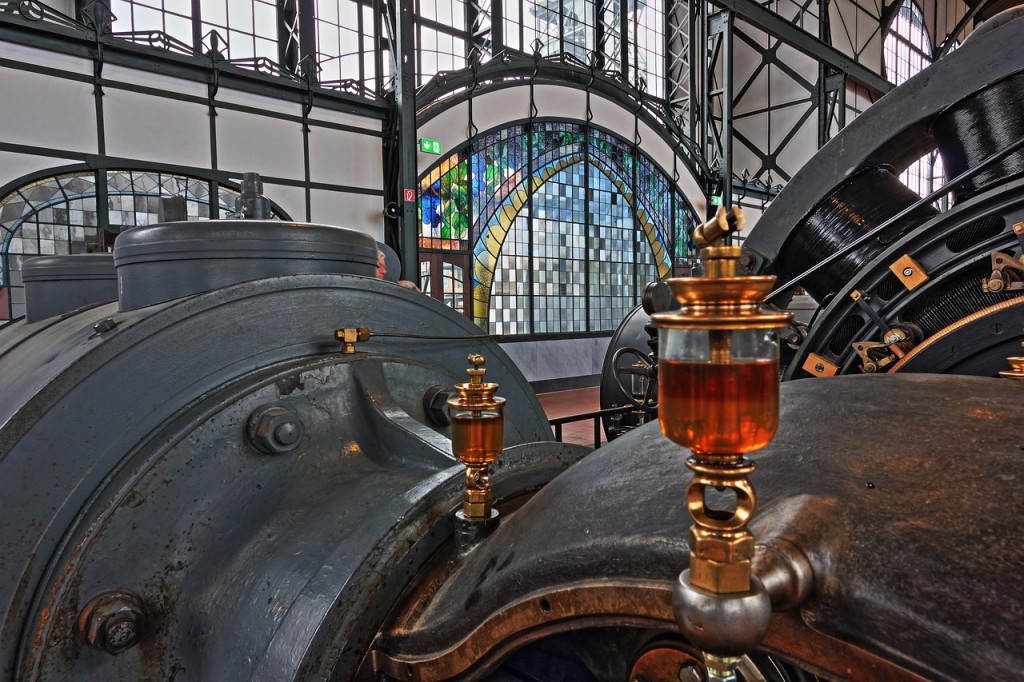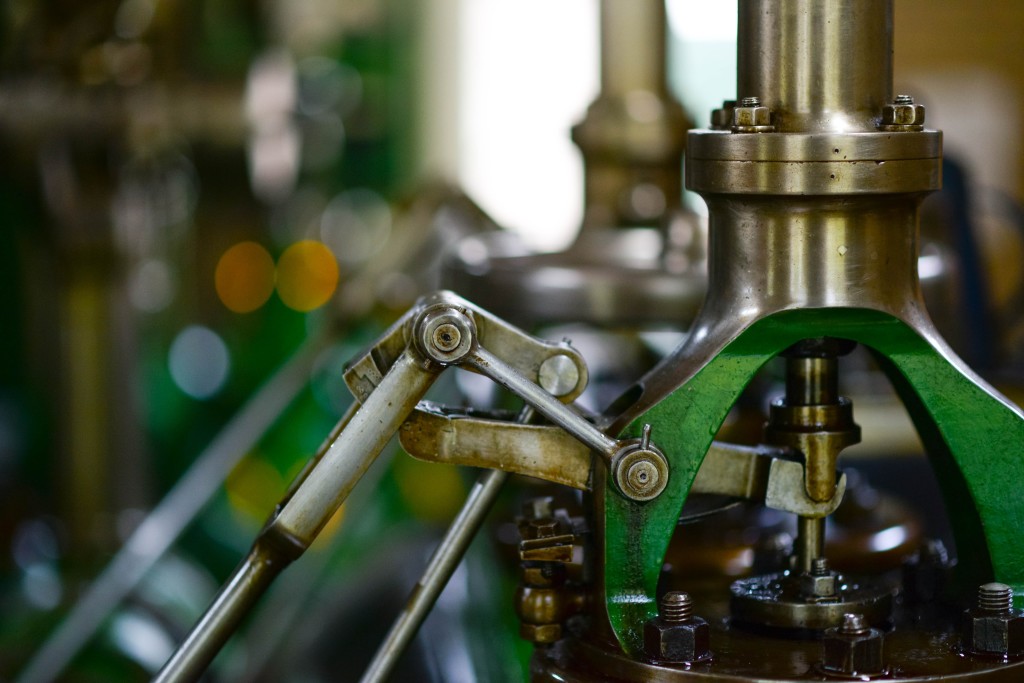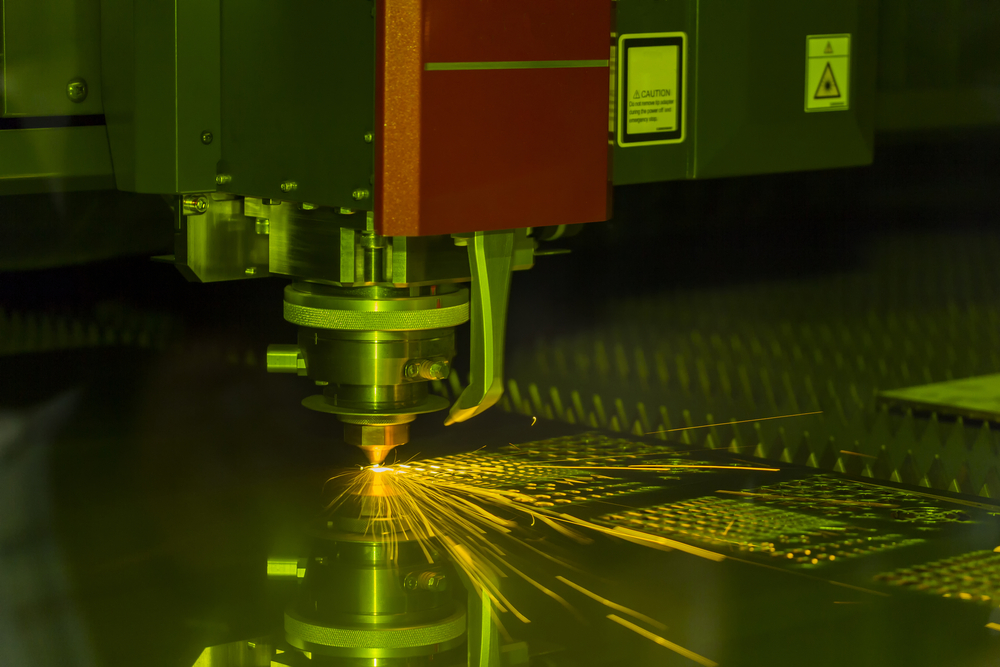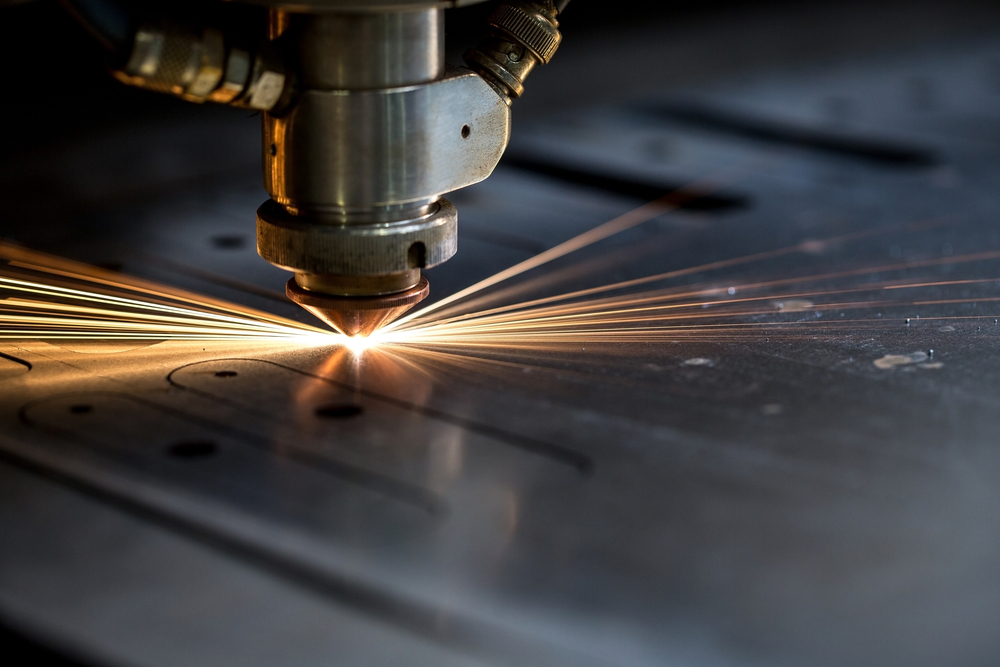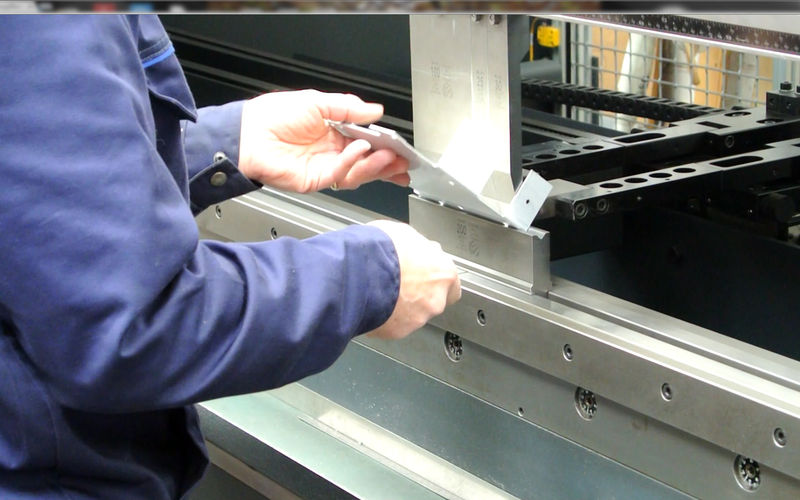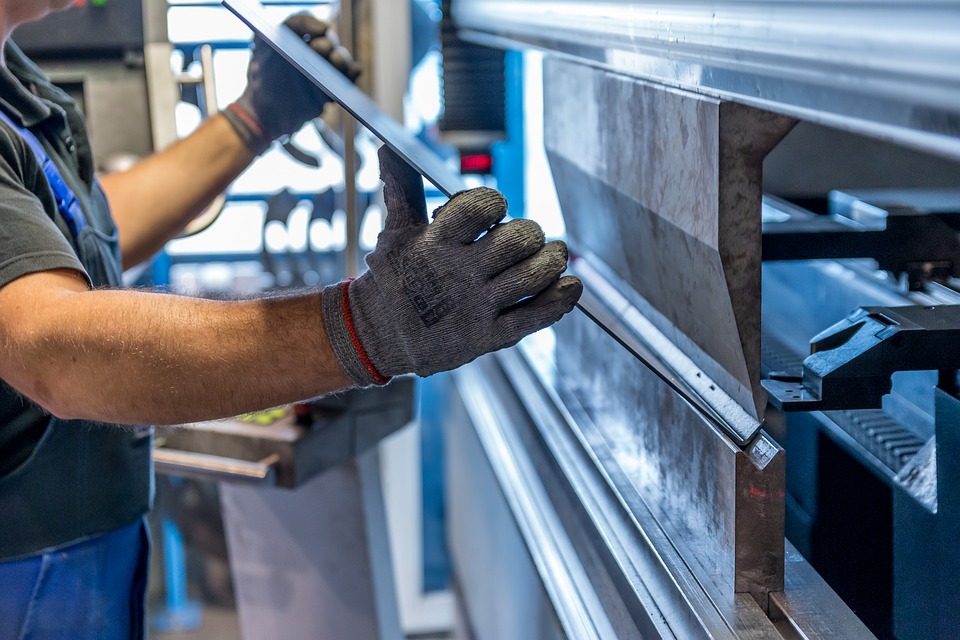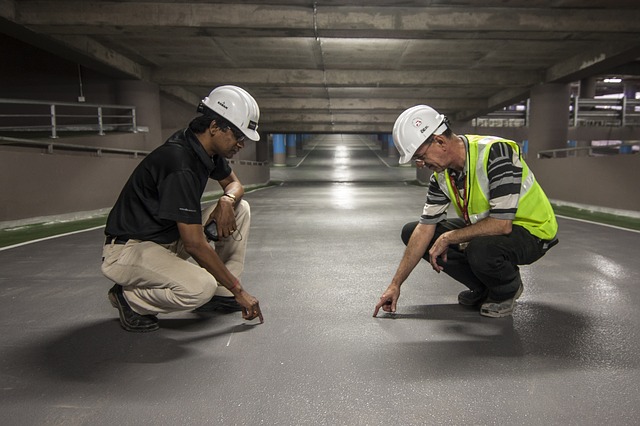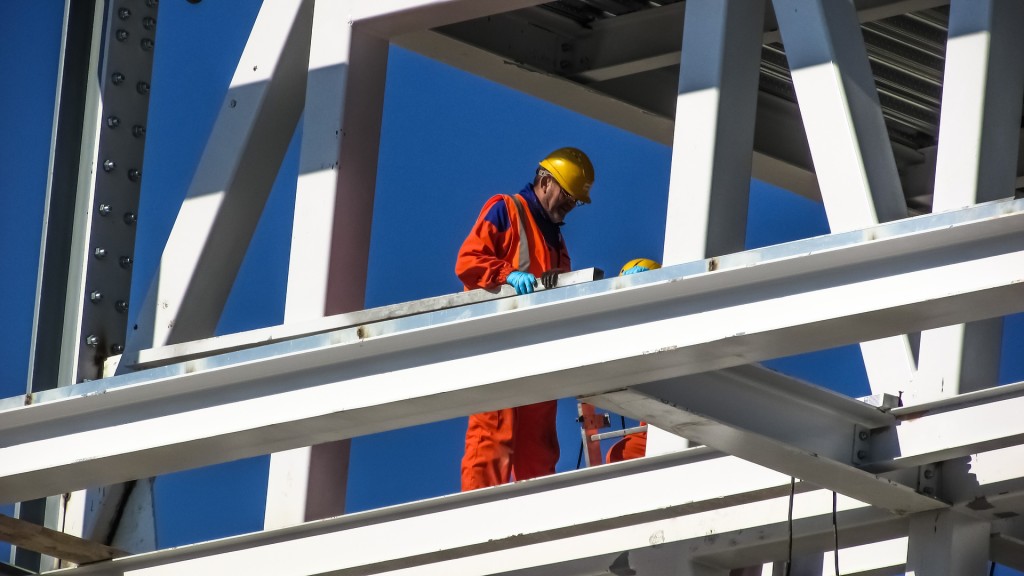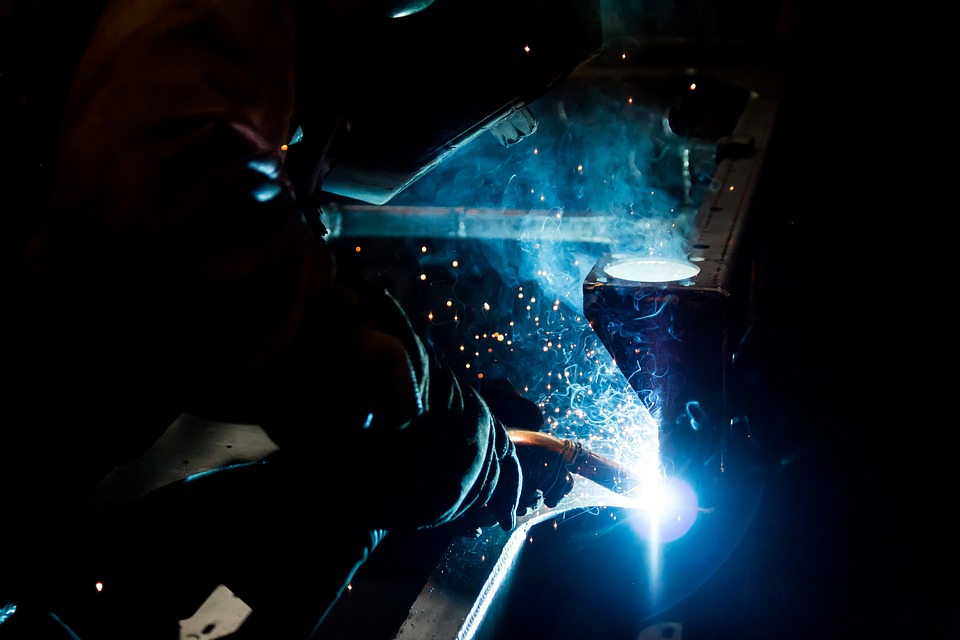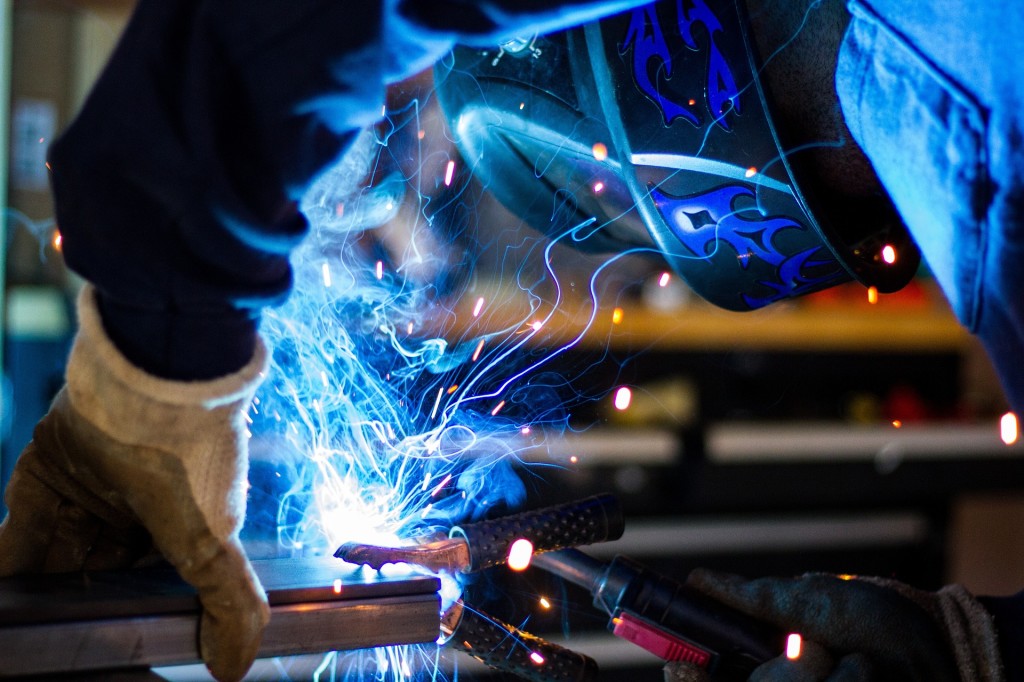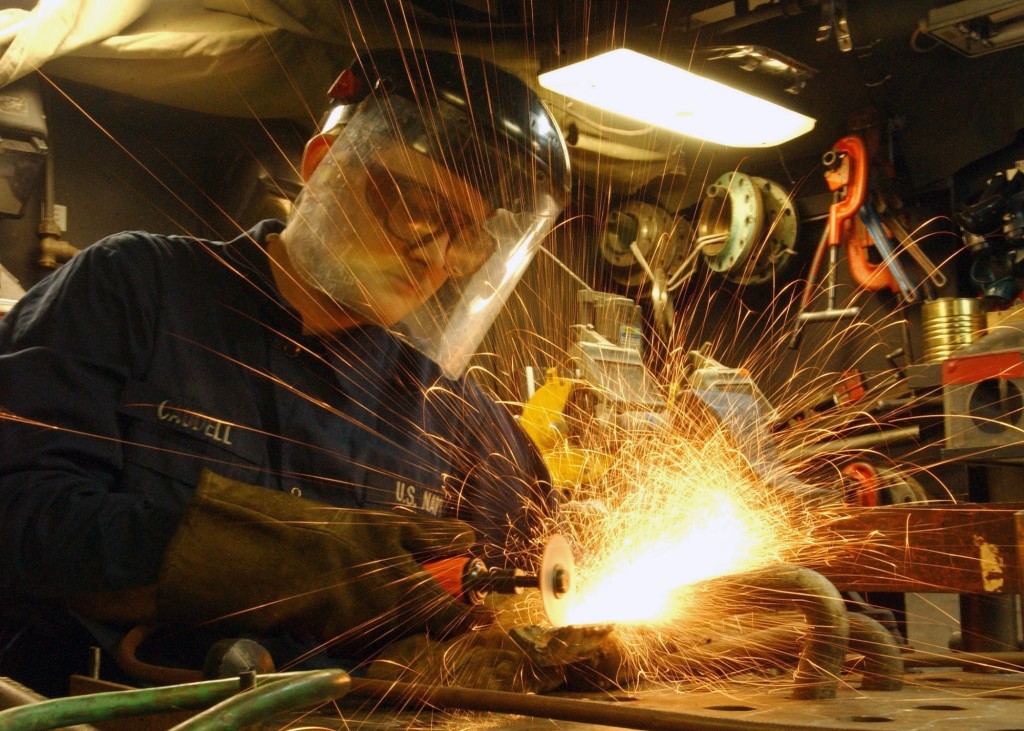Welding is a very common process stainless steel fabrication, aluminium fabrication, and steel fabrication. Argon is a popular choice as a shielding gas for solid-wire electrode applications. However, many welders and even managers know very little about the gas. Although facts like the gas being expensive, good for top quality welds and leaves no flux, are well known, the gas is inefficiently used. A lot of this inefficiency comes from the fact that supplying the welding stations is not done effectively. However, a smartly designed bulk system can overcome that and eventually, lead to a positive outcome.
The advantages of a bulk system
Installing a bulk system comes with numerous benefits, all of which factor towards making your consumption more profitable and efficient. For starters, buying gases, specifically argon gas in huge quantities and in the liquid significantly reduces unit cost per CCF. For smaller installation, extra effort is required to work around with cylinders. However, in the bulk system, the downtime is eliminated and eventually pays off for the cost of installing such a system.
A plant utilizing the bulk system can also reduce its rate of gas consumption, by fifty or eighty percent by introducing numerous conservative measures. Even though multiple conservative practices should be made, these are inexpensive compared to the overall benefit, and as a result, the investment can be considered profitable in a matter of days. Once a bulk system is established, and maintained properly, it offers many advantages in terms of productivity and profitability over the standard cylinders used in the metal fabrication industry.
Designing the right bulk system
Designing the right bulk system requires smart engineering and proper construction. Some of the most important things to be careful about are:
- Make sure that the system is of a closed-loop design and can handle flow requirements currently and future requirements without any pressure drop throughout the entire system.
- The design should limit the number of hoses required while providing the most protection from external impacts.
- The ease of access for repairs and modifications is extremely important.
- The actual materials for the construction of the system depend on the use of the system.
- The system should be designed in such a way so that drops originate from the top and run down to an isolation valve that closes whenever any gravitational forces act on it.
- The drops should have sufficient outlets and an isolation valve. Additionally, any unused outlets should be securely closed off.
- Employees tend to hang coats, hard hats and even hoses on the drops. This may lead to damages that eventually become a source of the gas leak, which might take a while to discover. Therefore, make sure that the pipes used are large and if possible, constructed from deformation resistant materials like brass or steel.
- In order to ensure that you can make changes to the system without shutting it off entirely when in need of modifications, all fittings should be threaded.
Always looking for a way to improve efficiency and maximize profitability is the primary way to succeed in this industry. And in the case of supplying shielding gas to welding stations, a bulk delivery system is one of many methods to improve efficiency. There are numerous other ways you can improve the productivity of your factory by considering improvements in laser cutting, metal bending, and metal rolling.
A lot of useful technology that is needed in the steel fabrication, aluminium fabrication, and steel fabrication processes do not come out of research labs trying to find new and better ways to accomplish a task or solve a problem. But rather, more often than not, the innovations happen within the factory itself. Moreover, these innovations arise from dealing with a customer’s problem. Is there a way to capitalize from these spontaneous innovations stemming from customer request? Let us find out.
Be prepared to tackle oncoming innovations and changes
When your customer presents you with a product, something they need but cannot get anywhere, it is a chance for you to catch that opportunity and make that customer the product and treat them as a source of income from that product. Generally, this is hard to accomplish, but a neat customer relations trick can set you off on the right foot with a customer. You should try to match your sales team with the customer during interactions. This strategy puts the best listeners and problem solvers your company has to offer in the same room as your most important customers, allowing them to serve the customer, listen to their problems and figure out impactful solutions. As an extra step for more technically adept customers who are less likely to seek aid, try to offer additional cooperation. If all goes well, things will play right into your favor at the end of the day.
Anticipating and Preparing for Product Development
Although most patents are issued by companies, the companies themselves do not produce ideas. More accurately, the people working in the companies do so. Therefore, when a brilliant idea emerges you should be ready to set up proper agreements with employees when working out patents and copyrights. This ensures that everybody knows what they are working with and where the ownership of the innovation lies. To prepare yourself for this eventuality, consider a legal counsel to streamline the process. These agreements are crucially important to company and customer relationships when work involving new ideas and tests are involved.
Protecting and Profiting from the Product
When a new and good product emerges, so does the chance to establish a monopoly on the product. Say, for example, a customer with an idea for a new product comes to your company for aid. After much elaboration and research, a new invention is made that is loosely related to things that have existed before it. Such an invention is patentable. Immediately afterward, a proper understanding of how the product works is essential in getting a patent, as, without a good enough description of the invention, the product may not be accepted for a patent. Finally, ensure that you present the best version of the product. This means that prior testing and incremental improvement should be made before rushing for a patent. Suppose you design a brand new process for laser cutting, metal bending, or even metal rolling, ensure that you know how your process works before trying to patent it.
The Benefit of Preparation
Success in developing and capitalizing on new innovations is not possible in the metal fabrication industry without prior planning and preparation. Welcoming innovation and nurturing it along the way is the path to success.
A robot that has been properly programmed for the task, equipped with the proper gear and positioned safely and effectively and boost the productivity of a press by a large margin. Here is a look at some of the most important things to take note of when employing a robot for press tending during aluminium fabrication and steel fabrication.
Important considerations when choosing a robot
Many factors play into selecting a robot for your press tending needs. Narrowing down to three of the more prominent features to consider, size, flexibility and mounting options stand out.
- Size of the robot: The size of the robot determines how heavy a part the robot can handle. Proper calculations should be made to determine moment and inertia when the parts are being handled by the robot to ensure it does so safely. As an added measure, the weight of the end-of-arm tooling must also be factored into the calculations. Moreover, the inertia generated by the gripper must also be included in the inertia calculations.
- The flexibility of the robot: When it comes to flexibility your options include a four-axis manipulator and a six-axis manipulator. When you need to reorient parts between presses, opting for a six-axis manipulator is the way to go. The robot can be programmed to manipulate and adjust parts between stations. If you do not require your parts to be oriented properly, the cheaper four-axis robot is recommended.
- Mounting options: The robot should be mounted in order to provide maximum access to the press without hindering operator access. This is usually done by locating the robot above or next to the die to ensure that the robot can access the die easily and safely. Mounting options are also determined by the amount of space available or a lack thereof. You might want to mount the robots off to the side on shelves or platforms to conserve space.
Types of End-of-arm Tooling
The tooling fitted at the end of the arm determines what the robot can be customized to do. Some of the options include:
- Vacuum Grippers: Sheet metal press tending applications involve loading the press or unloading by using vacuum grippers extended from the wrist of the robot. Because the grippers form to the part they attach on to, they are considered to be the most forgiving type of end-of-arm tooling. Moreover, to maximize flexibility in terms of operation, you should consider getting a vacuum gripper that lets you adjust the spacing between the vacuum cups.
- Mechanical Grippers: For the purposes of removing individual parts from a press, you should consider getting a mechanical gripper. They are especially useful in cases where the part cannot be moved with vacuum grippers due to various reasons.
- Magnetic Grippers: Magnets are another option for stacking and destacking purposes in stainless steel fabrication. They are less popular than the others because they do not offer the same level of flexibility as offered by the vacuum grippers. In addition to this, they are much heavier and add extra weight to the end-of-arm-tooling.
Other applications
Much like the press tending, the advantages of a robot can even be expanded into other processes in the metal fabrication industry such as metal bending, metal rolling and laser cutting purposes.
The recent increase in interest for the use of direct diode lasers instead of CO2 lasers or fiber lasers can be attributed to great improvements in the performance of the laser allowing it to be used in all relevant industrial metals, namely in aluminium fabrication, steel fabrication, and stainless steel fabrication. Direct diode lasers are quickly becoming a favorite for manufacturing and materials processing companies for use during laser cutting.
What is the DDL System?
The direct diode laser technology allows diodes to be used directly thereby eliminating the middleman present in previous fiber laser systems. Previously, in fiber lasers, a doped fiber system was required. However, DDL eliminates this need, and so we are able to obtain a higher quality beam for laser cutting from a smaller and more reliable source.
Advantages of the DDL System
DDL has made improvements, mainly over the three previous systems, CO2, fiber system and disc laser technology:
- Efficiency: One of the main advantageous DDL provides over the other methods of laser cutting is a much higher wall plug efficiency. This is mostly due to the fact that the diodes in the system can be utilized to full effect directly and an additional doped fiber system is not required.
- Cutting speeds: Cutting speeds have received a massive boost in the new DDL system. Under the same power level, the DDL system cuts two to three times faster than the traditional CO2 lasers. This is due to the fact that most of the metals used in these processes, have a higher beam absorption with DDL as opposed to CO2.
- Less reflection: A common problem with cutting reflective materials with fiber laser systems was its inability to cut through highly reactive materials that might damage the laser itself. In some cases, expensive sensors were required to ensure that the laser system does not get damaged during the process of cutting through highly reflective materials that cause back-reflection. This is a problem is rectified and poses as an advantage in DDL systems. Even highly reflective materials such as copper or brass can be easily cut using the diodes.
- Cut quality: When comparing against other laser cutting technologies, direct diode laser systems offer superior beam shape characteristics and stability. These are the main factors allowing it to produce higher quality cuts. In the case of fiber laser systems, the cut diminishes in quality by a large margin when dealing with thicker materials. This is one of the main reasons why CO2 laser systems are used for thicker materials to meet end-user goals in terms of surface quality. However, direct diode lasers go beyond what CO2 lasers offer and produce better quality cuts with thicker materials. This is a massive advantage in favor of direct diode laser systems.
Conclusion
Direct diode laser cutting offers numerous advantages over the traditional system. Therefore, a combination of higher wall plug efficiency, lower costs, coupled with improved reliability and easier servicing, have made it a high priority choice for many manufacturers in the business. Moreover, comparing results from this new system versus the previous ones have more than proven the viability of this system in the industry. It is hoped that other branches in the metal fabrication industry such as metal bending, and metal rolling, will see similar technological improvements.
Accidents are a serious danger in the metal fabrication industry. Numerous risks are associated with manufacturing processes during stainless steel fabrication, aluminium fabrication, and steel fabrication. Press brakes also pose risks, some of which stem from multiple pinch points, various rotating rollers and tons of forces being applied. However, most of the accidents are a direct result of the inability of the press brake operator or a lack of attention. The main issues with the safety of a press brake can be broken into two categories, operational safety, and machine setup.
Machine Setup Safety
Having a correct understanding of the flow of power of the tools is essential when trying to install it properly on the press brake. This importance is further stressed due to the fact that some tools can only be installed onto the press brake in only one way. Therefore, it is vital to follow strict procedures during tooling installation. Special care should be taken, before installing any tool, to ensure that the ram is at its most extended position that is, locked in shut height position. After that, the tooling can be safely slid into the press once it is locked. You may notice, that you have to try several times before achieving a sizeable gap needed, however, once you do get the right gap, sliding in a tool and installing it very simply, without any risk of it falling out.
Operational Safety
There are some safety precautions that need to be taken when operating the press brake. For starters, it is recommended to always do a dry-run before any actual material is used. This allows for a check whether or not the required operation will be carried out properly.
In the case that there are two workers working on the press brake, only one of them should be assigned as the operator in charge. It is safer if the work is done by one person, and the operator ensures that all other coworkers stay clear of the press brake before any operation begins.
Properly setting the open height of the brake is also of great importance. You should not be able to fit a finger between the punch and die and if they are, there is a high chance that your finger is in danger. The height should be adjusted so that there is no change of fitting finger there. While in some cases it might be necessary to set the punch and die further apart, in most cases, as a safety precaution, it should not be separated enough to allow a finger to slip and lead to potential accidents.
Never underestimate a press brake. If you need to work with something hard to reach, try to move around it, never put your hand between the punch and die as it may lead to permanent injuries to your hand.
Conclusion
You should ensure that you never put any parts of your body between the punch and die and always keep yourself clear from any workpieces. This will prevent you from getting hit by the workpiece. Moreover, there is always a risk when sitting in front of a press brake, so always stay far enough so that you may move out of the way in case of an emergency. Similar precautions should be taken in similar processes such as laser cutting, metal bending, and metal rolling
Deep drawing is an age-old process that has been used in metal fabrication for years. The concept of deep drawing predates laser cutting, metal rolling machines and even metal bending press brakes.
In this process, sheet metal is punched into a die with immense force. This force or pressure can be up to 100,000 PSI (Pound Per Square Inch) or even more.
This immense force must be dealt with an efficient lubricant to ensure the critical operation is a success.
In this situation, the lubricant should be capable of:
- Cooling the die as well as the workpiece itself.
- Preventing welding or metal-to-metal adhesion.
- Providing boundary lubricant between the workpiece and the die
- Cushioning the whole die while the drawing operation is taking
The drawing compounds that are used in deep drawing specifically is known as boundary lubricants. In this operation, the surface of the sheet metal and the tooling are pressed so immensely that whole liquid is squeezed out from there and only a narrow and thin absorbed film stays behind.
The remaining film then forms the boundary, which prevents any type of direct metal-to-metal under the conditions such as high temperature or pressure produced while the deep drawing operation is happening. This is very important in stainless steel fabrication, aluminium fabrication or steel fabrication as proper lubrication in the die prevents unwanted friction that causes heat when in terms lead to the breakdown of your lubricant.
There are several types of drawing lubricants used in deep drawing. The choice depends on the depth of the particular draw you are using. The ability to form an absorbed film of enough strength & oiliness on the metal surface where it is being drawn decides the effectiveness of a lubricant used in deep drawing.
The main three drawing lubricants that are used in metal fabrication are:
Drawing Oil: These drawing oils usually form absorbed films. These oils then take the composition and physical form of soluble or light oils. For example, an emulsion of the soluble soap and oil or straight mineral oils, or of fats, heavy oils, greases like lard or tallow oil.
Emulsions: Emulsions are suspended solids that are aqueous solutions of few non-oily lubricants. However, they don’t get used in deep drawing too much as they contain very little to no oil at all.
Lubricants that contain both solid and oil substances: This type of lubrication is widely sued for severe drawing applications especially deep drawing. It is actually a special kind of mixture where oily substances are added in both solid and liquid form. The main reason why it is so efficient its work is the fact that oil in this mixture is capable of decreasing the friction as well as the heat to a greater extent. Any typical liquid lubricant that is being used in drawing is a fat/soap paste-like material that has its formulation of 5% soap, 45% solid, 25% water, and 25% oil.
As the metal fabrication industry evolved in the past couple of decades, numerous changes and developments have occurred in metal bending and metal rolling. These changes have been making all processes in stainless steel fabrication, aluminium fabrication and steel fabrication faster and more efficient. And now, the industry has taken another step forward by slowly replacing CO2 lasers with fiber lasers for laser cutting. As with all the other changes, this one brings its own improvements. These faster cutting machines come with their own automatic storage and retrieval towers which allows it to take advantage of its peak cutting capacity. However, understanding and using this newer equipment at maximum efficiency is no easy task.
Teamwork
No matter how advanced technology becomes, solving some of the most complicated problems on the shop floor requires the collective brainpower of experienced individuals. In order to drive a machine with the operational complexity of the new laser cutter at maximum efficiency, a team with the combination of various expertise will be necessary. Otherwise, the performance of the machine will not be up to the mark, and advancing with it will become a challenge. Moreover, your investment in the machine will backfire.
Once the machine arrives, it is up to the management and the production teams to have a proper understanding on how the fiber laser works, what kind of impact it will have on the overall productivity of the shop and what scale of output the production team can expect from the machine. All of these are important as it allows to prepare for future challenges that come along the way.
Testing
In order to be properly prepared for the arrival of the machine that will inherently boost the production capacity of your shop, you need to run some tests and keep some important changes in mind. For example, in the event that the laser boosts your current capacity tenfold, you need to document how your current shop operates at ten times its top capacity before the laser even arrives. This will allow you to find issues either in the backend or front end. Moreover, faster equipment might encourage some workers to try to work faster while ignoring some safety practices. Therefore, safety is also a major concern. Documenting and then figuring out solutions to these problems before the new machine even arrives is crucial in ensuring the most of the machine.
Outside Help Might Be Necessary
It is not always possible for your team to know about every feature of the new machine, therefore investing in outside expertise which will help your team and therefore in production will be very beneficial in the long run.
Reporting and Tracking
Tracking the machine throughout its production lifetime even after it has met its goals and achieved success can come in handy. Quantifying each step in the process will allow the team to achieve one benchmark and then plan for another. Moreover, given the state of progress in the industry, the fiber laser cutter might have to meet a competitor, and in that event, knowing which stages of the process can be improved and being able to compare if the new investment is worth it or not comes down to proper documentation.
Louis Industries is a fabricator based in one of the more rural parts of Minnesota. Their business model of always staying ahead of the curve by investing in newer technologies and accepting changes to the metal fabrication industry has allowed them to grow into a multi-million dollar company over its three generations. Despite using sophisticated equipment in their manufacturing processes, they employ local farmers to work in their shops. In addition to this, they provide their services to all their customers whether they present their designs drawn on a napkin, or a prototype made by hand or even designed using old software.
Recently they have made a big investment in upgrading their press brake forming area by acquiring a new press brake with its companion software. They believe that using better software is the key when trying to produce more complicated parts on the press while decreasing the time it takes to bring the new operator for the press brake up to speed.
Simulation
The software accompanying the press brake has a simulation component to it. This allows the engineers to test out the customer’s part in order to detect any errors, most notable collisions that may happen when fabricating the part before the design is even sent to the shop floor. This saves a lot of time in developing the part in the office, writing a program for it and testing the bends to make it perfect. The software works by running simulations in order to test if the part can be manufactured on the press brake and whether there will be any errors or collisions during the process. This allows for preemptive corrections and reduces the need for trial-and-error on the job site while actually working with the part on the machine. This saves a lot of time for the operator.
Visual Reference for Operators
The software has simplified the process of bending greatly as well. As a result, an operator with lesser experience than others in the operation of the machine can make high-quality parts due to the abstraction provided by the software. Before, whether or not the operator could bend a part to the correct specifications depended solely on their experience with bending other parts of similar nature. But now, the engineers choose the tools for the parts and give the correct measurements, all of which is available to the operator on on-site screens, thereby eliminating the need for any guesswork.
Stricter Standards
Due to the increasing complexity of the designs, there is a greater need for accurate laser cutting, metal rolling, and metal bending. The software allows for much tighter tolerances which were not possible previously by the expertise of the operators alone.
Easier to Find Faults
The software has also made it easier to find and correct faults as they appear. In the case of an error, the engineers can just reassess the design and figure out where things might have gone wrong.
All in all, the software greatly reduces the complexity of producing complicated parts by boiling it down to specifications determined in the design stages which can be given to operators directly. Moreover, problems can be dealt with quickly and before the job hits the shop floor. Therefore, it is beneficial to have a sophisticated software aid in stainless steel fabrication, aluminium fabrication, and steel fabrication.
Max Weiss Co. is a structural bending shop and Washing Metal Fabricators is a sheet metal fabricator. Although they are very different in what they do, their collaboration has shown the power of customer and supplier relationships.
Avoid pushing your company into a corner
Companies like Washington Metal Fabricators have managed to increase their sales by up to 40 percent over the past couple of years. This is credited to their diverse market hold. Their 125 employee company serves three main groups: reservoir tanks for the electrical distribution industry, store fixtures and another special group dedicated to delivering steel fabrication, aluminium fabrication, and stainless steel fabrication services to almost all metal fabrication necessities. Therefore, they have to deal with and manage a different variety of fabrication orders that fall into the special category and adds randomness to the workplace. Although in the past, store fixtures made up most of WMF’s sales, recent times have shifted the tide of the market, and their willingness to diversify has kept them high in the business. Moreover, due to subcontract, they are have also been handling the logistics for the customers. That is, instead of paying the middle-man, that is freight companies, to deliver to the customer from the subcontractor, WMF handles the shipping all on their own, sending it to the end user directly. Other companies, like WMF, go a step further by handling both outgoing and incoming logistics. That is, they handle the shipping for the parts for fabrication, the assembly of the unit, warehouse storage for the assembled unit and finally its distribution. Additionally, WMF has brought in some other manufacturing processes such as powder coating and machining, in-house, thereby allowing them to cater to a more diverse set of customers and help them grow. Smart ventures have allowed them to not corner themselves and instead expand into something more than just a fabricator.
Prioritizing customers to improve business
Max Weiss Co. prioritizes customer relationships to keep their business healthy. They do this by ranking their customers based on the frequency of their orders. Thereby allowing them to provide special services for their higher tier customers in order to meet their demands even if they have to work overtime for it. However, this does not mean that they ignore lower tier customers. They are simply handled differently as their orders are infrequent and come in low volumes in comparison. In addition to providing priority services based on the quality of the customer, Max Weiss Co. also offers metal cutting welding to the customers depending on their needs. This allows them to deliver fabrications that are welded and rolled, moving away from the company’s initial status as a just a roller. This diversification allows them to build relationships with their customers and provide more services. As a result, they intend to include laser cutting and metal bending in their services alongside metal rolling.
Washington Metal Fabricators and Max Weiss Co. are very different companies and have come far from their humble beginnings. However, they are examples of collaboration between the customer and the supplier is important in diversifying and expanding the company instead of serving a single niche which may be risky for the business in the long run.
From what I’ve seen, every metal fabrication shop owner starts working with stainless steel and mild steel. Stainless steel fabrication or mild steel fabrication is their main line of work. But they start taking new projects of different materials like aluminum when they are ready to expand their business.
So, if you own a metal fabrication shop and want to expand your product lines by taking versatile projects, you are welcome to do so. But my advice will be to know everything about that material and its uses before deciding to put it in the brochure.
Today, I’d like to introduce Aluminium welding and some of its basic uses. If you are one of them who is willing to take Aluminium projects from now on, this will help you.
Why Aluminium?
First of all, you should know why it is a good idea to get involved in aluminium fabrication, more specifically Aluminium welding.
The main reason why almost every successful metal fabricator weren’t able to resist Aluminium based projects is – they have a high demand from the clients, especially because they are durable and lightweight, which is a rare combination. That’s why aluminium is being used in aerospace, construction, automotive and other sectors. This is the same reason why we and many other metal fabricators get Aluminium related projects that involves laser cutting aluminum, putting it through metal bending or metal rolling machines, etc. so often. Laser cutting, bending, rolling aluminium is very similar to stainless steel or mild steel processes. However, welding aluminium is a bit different as aluminium doesn’t have the same melting point and other physical properties of Stainless steel or low carbon mild steel.
What type of welding should you use for Aluminium fabrication?
The most common welding processes for Aluminium are SMAW (Shielded Metal Arc Welding), GMAW (Gas Metal Arc Welding), and GTAW (Gas Tungsten Arc Welding). However, PAW (Plasma Arc Welding), EGW (Electro-Gas Welding), ESW (Electro-Slag Welding), and RS (Resistance Welding) could be used for joining aluminum parts too.
Few Welding Tips for Aluminium
Fusion Lack and Burn Through: Aluminium has high thermal conductivity. For this reason, Aluminium and its alloys quickly conduct the given heat away from the weld area. This incident usually results in lack of fusion, especially in GMAW. That’s why welders should move faster with the GMAW guns to avoid this situation.
Porosity: Aluminium is very much susceptible to weld porosity than most of the metal used in metal fabrication. Porosity occurs if the gas gets trapped inside the metal as it is solidifying. Welders can use, either chemical etch cleaning, mechanical cleaning or solvent degreasing to get rid of porosity.
Solidification/Hot Cranking: During the solidification of the weld material from its molten state to the cold solid state are usually known as solidification/Hot cranks. By choosing a filler material that has low crank sensitivity than aluminium, welders can avoid this solidification cranking.
Liquid Cranking: It is usually caused by the contraction stresses which occur during weld metal solidification and cooling. However, welders can minimize the chances of liquid cranking by choosing a filler material that has a lower melting point than aluminium.



